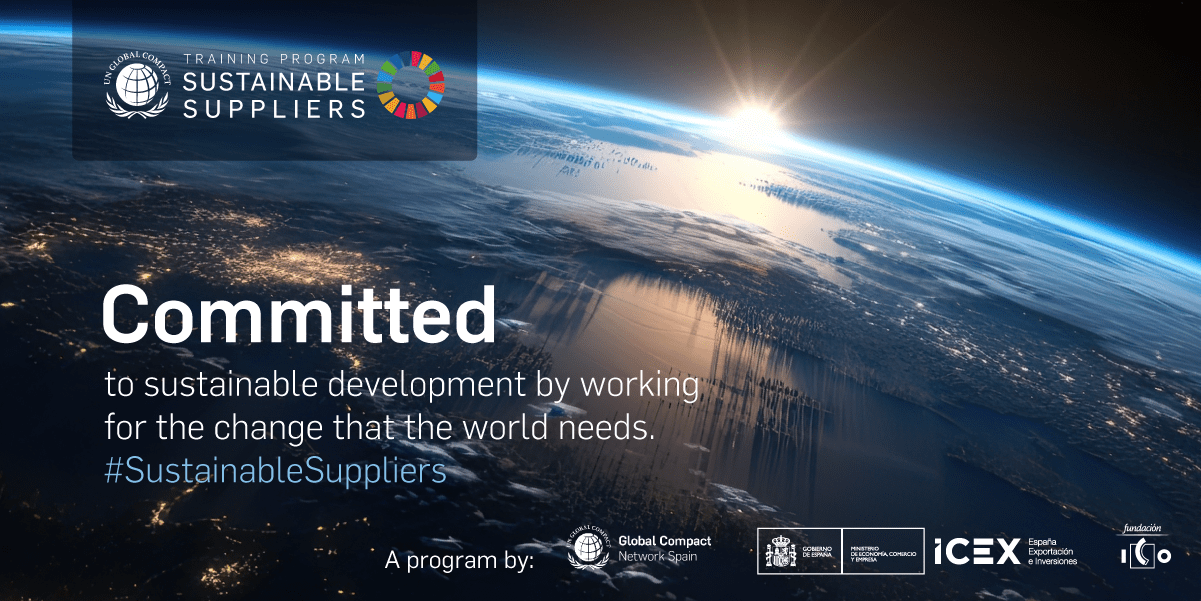The world of wine is a rich amalgamation of tradition, taste and culture, and wine labelling plays a crucial role in communicating each bottle’s origin, quality and characteristics. The European Union has recently established new labelling requirements, affecting all wine produced after 8 December 2023 and sold in the EU. In this post, we’ll explore these new changes and why it’s vital to understand them.
How have wine labelling requirements changed in the EU?
The new EU wine labelling requirements focus on providing consumers with clear and transparent information about the product they’re buying. Some of the changes include the mandatory inclusion of information regarding allergens and sugar content and the adoption of a uniform format to present ingredients and allergens. Furthermore, it is now a requirement to mention whether the wine specifically contains sulphates, and stricter rules have been introduced regarding the use of certain statements such as “natural” and “traditional”.

Why are these changes important?
These changes are fundamental because they empower consumers by providing them with clear and transparent information about the wine they are purchasing. Given the increased awareness of food allergies and dietary preferences, it’s crucial that labelling accurately reflects the content of the wine. In addition, standardising the information presented on labels facilitates comparison between different products and improves transparency in the market.
Why does our agency specialise in the translation of wine labels?
At our translation agency, we understand the importance of precision and consistency when it comes to wine labelling, especially in today’s globalised market. Our team of specialised translators is not only fluent in the target languages, but also has in-depth knowledge of terminology specific to the world of wine. Moreover, our translators are, first and foremost, experts in food regulations, which allows us to guarantee that translations comply with the relevant regulations in each market.
From the translation of flavour descriptions to the adaptation of labelling regulations according to the target country, we’re committed to providing high-quality translation services that meet legal requirements and satisfy our clients’ needs.
Conclusion
In conclusion, the new EU wine labelling requirements represent a significant step towards greater transparency and clarity in the wine market. It’s vital that producers and distributors adapt to these changes in order to comply with regulations and meet the demands of informed consumers. At our translation agency, we specialise in the accurate and consistent translation of wine labels, ensuring that information is communicated effectively in all languages and markets.
If you’re interested in learning more about our wine label translation services, please do not hesitate to get in touch. We’re here to help achieve your internationalisation goals and ensure that your wine reaches new horizons with the utmost accuracy and professionalism.





